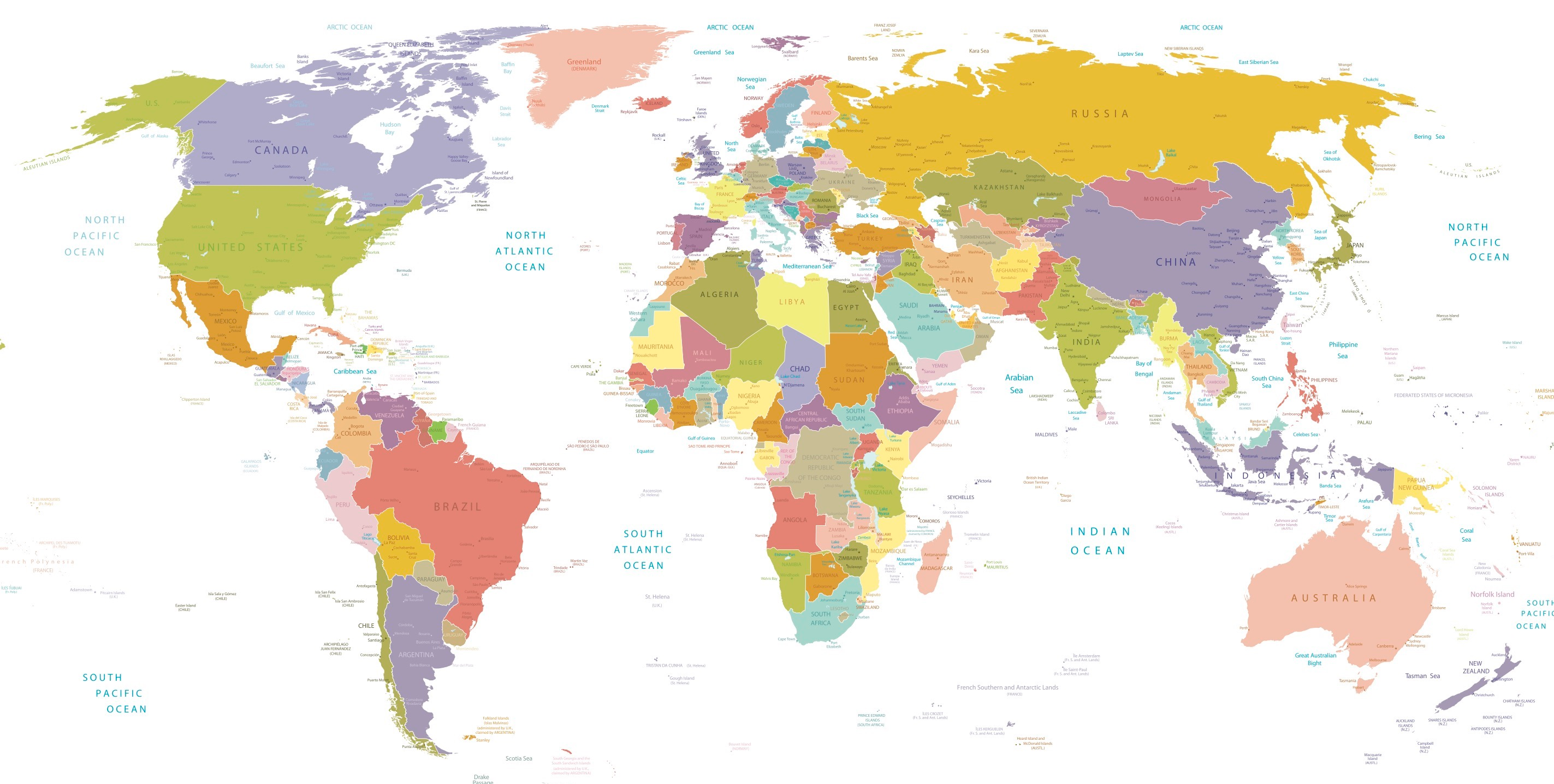EB-5 business plan writer Suzanne Lazicki has completed a comprehensive analysis of the latest immigrant investor processing. According to EB 5 visa stats in 2019, more EB-5 visas were issued to South America than any other region after Asia. Of note, South American investors were more likely to be living in the U.S. than those from any other region.Lazicki starts her deep dive in EB-5 visa stats by reminding us that these statistics show EB-5 activity from investments made at least two years ago, due to processing times; to understand the most current activity would require I-526 data from the start of the process, something USCIS will not currently provide.She also reminds us that the yearly EB-5 visa total for each country is not an absolute fixed number but one that slightly fluctuates each year. The formula for the total number is this: take 7.1% of the total EB visa limit for one year, then divide that number by the 7% country quota. In FY 2019 there was a 141,918 EB visa limit; the EB-5 portion was thus 10,076 visas; the individual country cap was 705 visas.
EB-5 visas issued to immigrants in the U.S. vs. immigrants abroad
An interesting question Lazicki raises is whether those U.S. stakeholders trying to promote EB-5 investments should concentrate on marketing to potential EB-5 investors at home in the U.S. or abroad. The answer depends on the investor region and country in question. As per EB 5 visa stats, almost half of South Americans who were issued EB-5 visas in FY 2019 were already living in the U.S. 34% of Indians and 31% of Europeans who were issued EB-5 visas were living in the U.S.; conversely, just 10% of Chinese investors who received EB-5 visas were living in their U.S. There were actually more EB-5 visas issued to investors of Venezuela nationality living in the U.S. than from those living their homeland by a large margin: 115 to 57.
Principal investors vs. derivatives: the numbers
Lazicki augments her analysis of the Visa Office report with additional stats from the Department of Homeland Security that break down the ratio of principal investors versus family members. The most recent data from 2018 indicates that of the 10,000 or so visas 3,363 visas went to principal investors with the remainder going to family members. Lazicki points out a long-standing argument by many in the industry: this does not support the Congressional intent of the EB5 Green Card program to create 10,000 new investments and 100,000 new jobs in the U.S. each year through EB-5.
Diversification of EB-5 visa recipients by country
FY2019 was quite similar to the previous fiscal year in terms of the nationality breakdown of Green Card by investment recipients. There was much greater diversification between FY 2017 and FY 2018.
EB-5 visas by region / FY 2017 / FY 2018 / FY 2019
Africa / 185 / 296 / 334Asia / 8,878 / 7,705 / 7,626Europe / 412 / 554/ 505North America / 159 / 299/ 206South America / 449 / 730 / 791We can see that the biggest story in this EB-5 news is that South America is the biggest-growing region from FY 2017 to 2019. Africa has also made a large leap proportionately, but with less than half the visas issued to South America. Asia is slightly trending down; Europe and North America are up from FY 2017 but slightly down from FY 2018.
Here are the top-20 countries by the number of EB-5 visas issued in FY 2019:
1. China (mainland born) 4,3272. India 7603. Vietnam 7164. South Korea 6955. Brazil 4966. China (Taiwan born) 4327. Venezuela 1728. Hong Kong (SAR) 1679. Mexico 13810. South Africa 12011. Great Britain 9612. Japan 9613. Nigeria 9314. Turkey 8215. Russia 7116. Argentina 6017. Egypt 5918. Pakistan 5819. Canada 4920. France 49Read Suzanne Lazicki’s blog about the visa numbers





